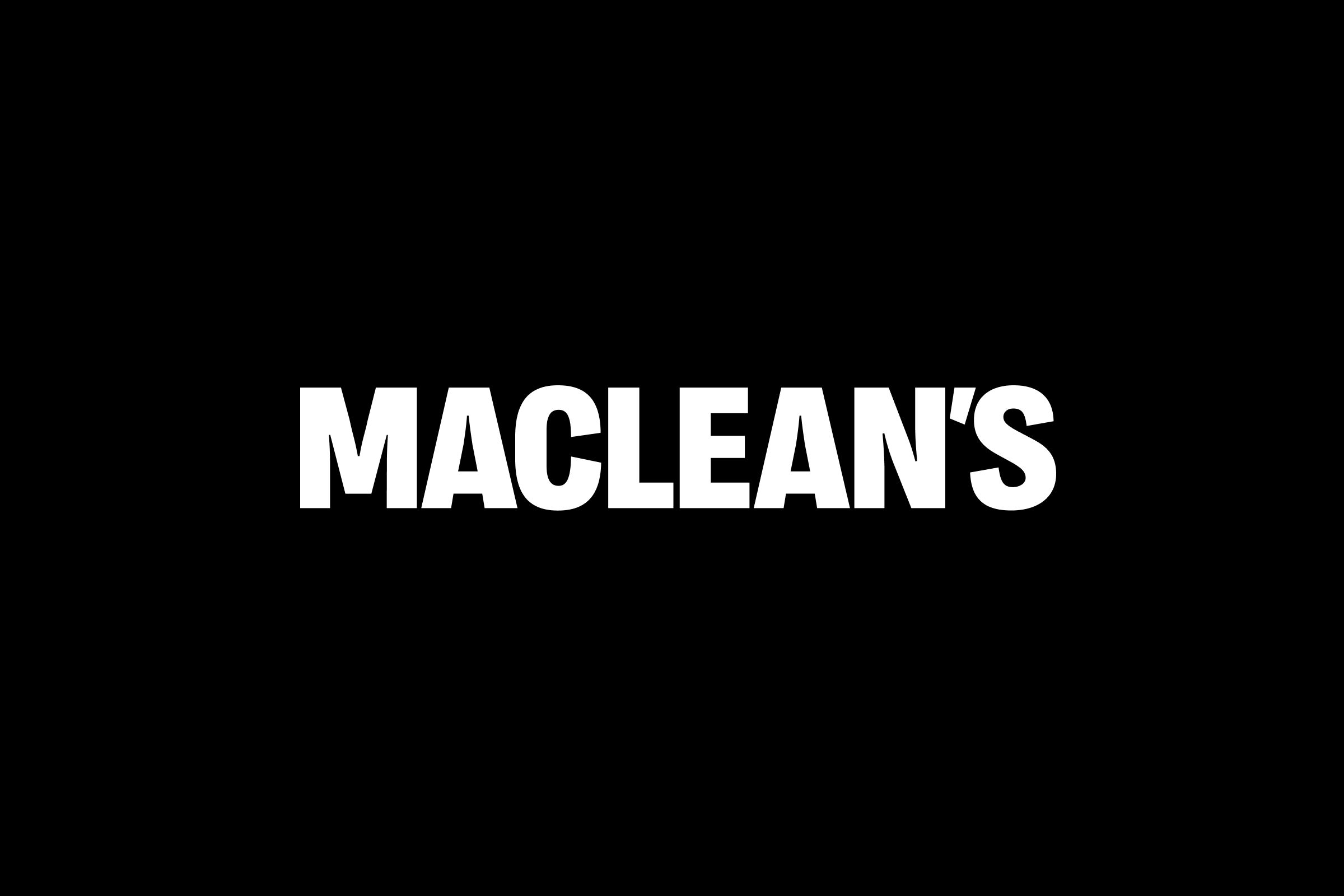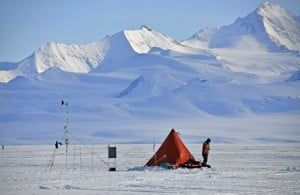antarctic
Glaciers aren’t only a northern thing
Book review: A look ahead to a warmer world, where glaciers no longer catch fire
Paul Nicklen’s polar passion
The only Canadian on National Geographic’s photojournalist roster captures the beauty of both poles
Where no man has gone before
Deep beneath the ancient ice at the bottom of the world lies Lake Ellsworth
The Falcon and the snowman
It is exciting to see the octogenarian Roland Huntford fighting back against the three decades of revisionism and carping that followed upon the publication of his 1979 book Scott and Amundsen. The book may be more familiar as The Last Place on Earth, which is the title it was given after a mini-series by that name was produced from it. When Scott and Amundsen was published, in the face of threats from imperial nostalgiacs and family members of Robert Falcon Scott, it was seen as the final nail in the coffin of Scott’s reputation.
As arctic ice melts, South Pole ice grows
We haven’t heard a lot about the other ice sheet, the one at the South Pole. This is probably because no one lives on in the Antarctic, other than a few very cold scientists, and not that much is known about it, compared to the arctic, where data was amassed by Canadian, United States, and the Soviet military in their struggle for power during the cold war. What we do know is that the Arctic is in a very bad state: September Arctic sea ice has decreased between 1973 and 2007 at a rate of about -10% +/- 0.3% per decade. By contrast, ice in the Antarctic has shown very little trend over the same period, or even a slight increase since 1979.


